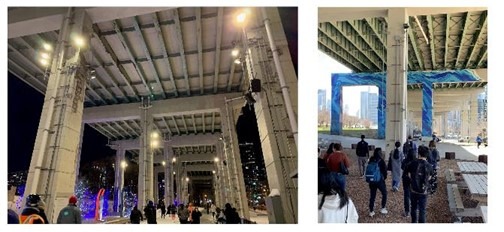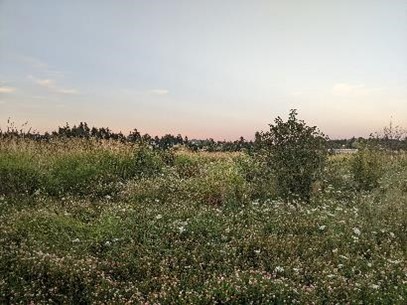Mount Pleasant Cemetery – Toronto
“In my personal perspective — which I acknowledge is not reflective of all park users — two criteria that most strongly influence my experience in urban greenspace are:
1) Connectivity. I want to be able to extend (temporally and spatially) my experiences in greenspace with the option of traveling through multiple parks and open spaces. This is easiest when spaces are contiguous and signposted, allowing for seamless navigation.
2) Ability to support multiple uses. As someone who lives in a high-rise building, I rely on parks for a variety of purposes, including physical activity, peaceful retreat into nature, and social gathering. I appreciate the versatility of parks and green spaces with multi-use trails and benches/seating areas.
One of my favourite outdoor built environments in Toronto is Mount Pleasant Cemetery and the adjacent ravine lands. This is a prime example of green space connectivity. The cemetery is a privately-owned publicly-accessible open space, which is connected to city-owned parkland at two separate access points on either end of the cemetery. You are able to travel in a 6+ kilometre loop from the cemetery, through city-operated parks and trails in the ravine, and back to the cemetery – crossing only 2 streets in the journey, via pedestrian crossover. The experience can be further extended by taking a side trip into Don Valley Brick Works Park.
A trip through the cemetery and ravine parks and trails takes you through a variety of settings and experiences. The cemetery is beautiful, with huge, old, rare trees; botanical gardens; winding, roundabout paths; and benches for quiet reflection. Many people living in the area use the cemetery as a park, and it is common to see families riding their bikes and taking daily walks there. This combination of beautiful greenery and active use makes the cemetery feel very alive. The adjacent ravines offer multi-use pedestrian and bike trails under a dense tree canopy, which in some places gives the sense of being deep in nature, all the while being in the heart of the city.” (Booklet Positive Lived Experiences of Quality in the Built Environment 2023, p.250).
Google map links:
Discover similar lived experiences



